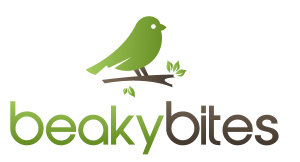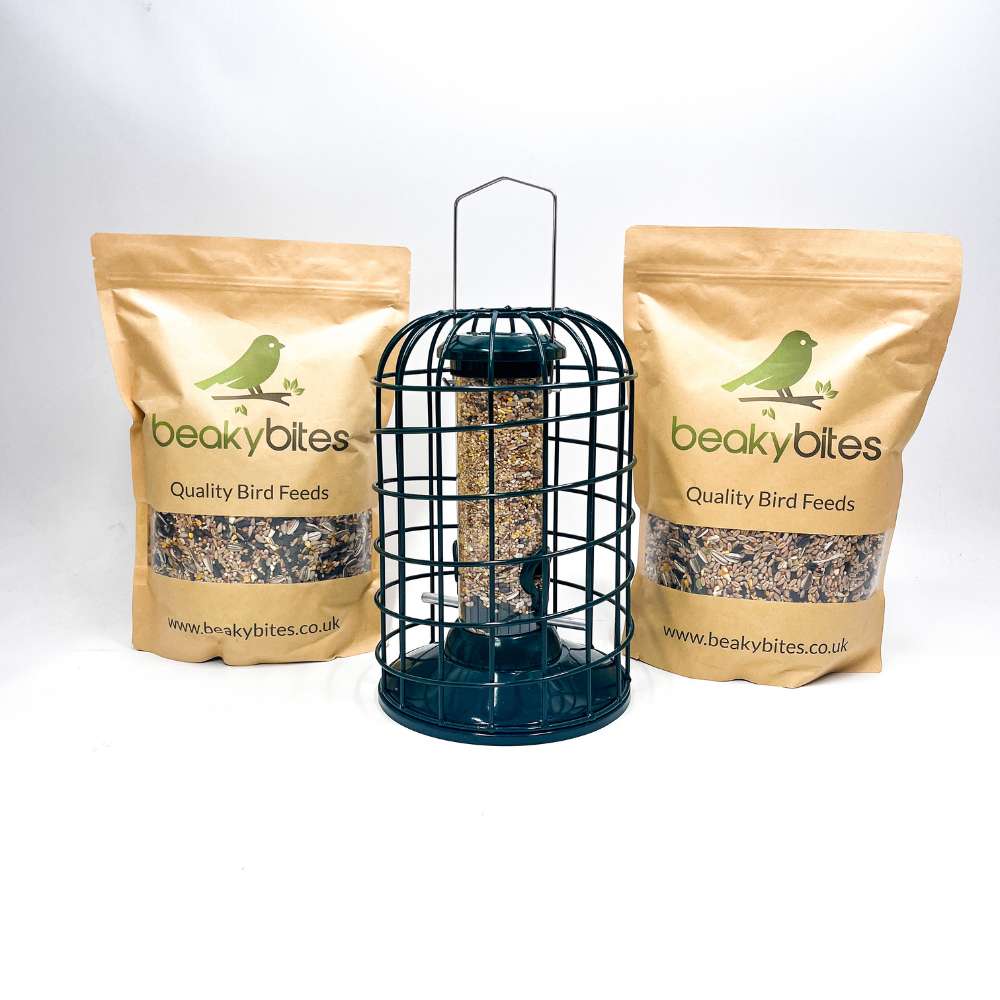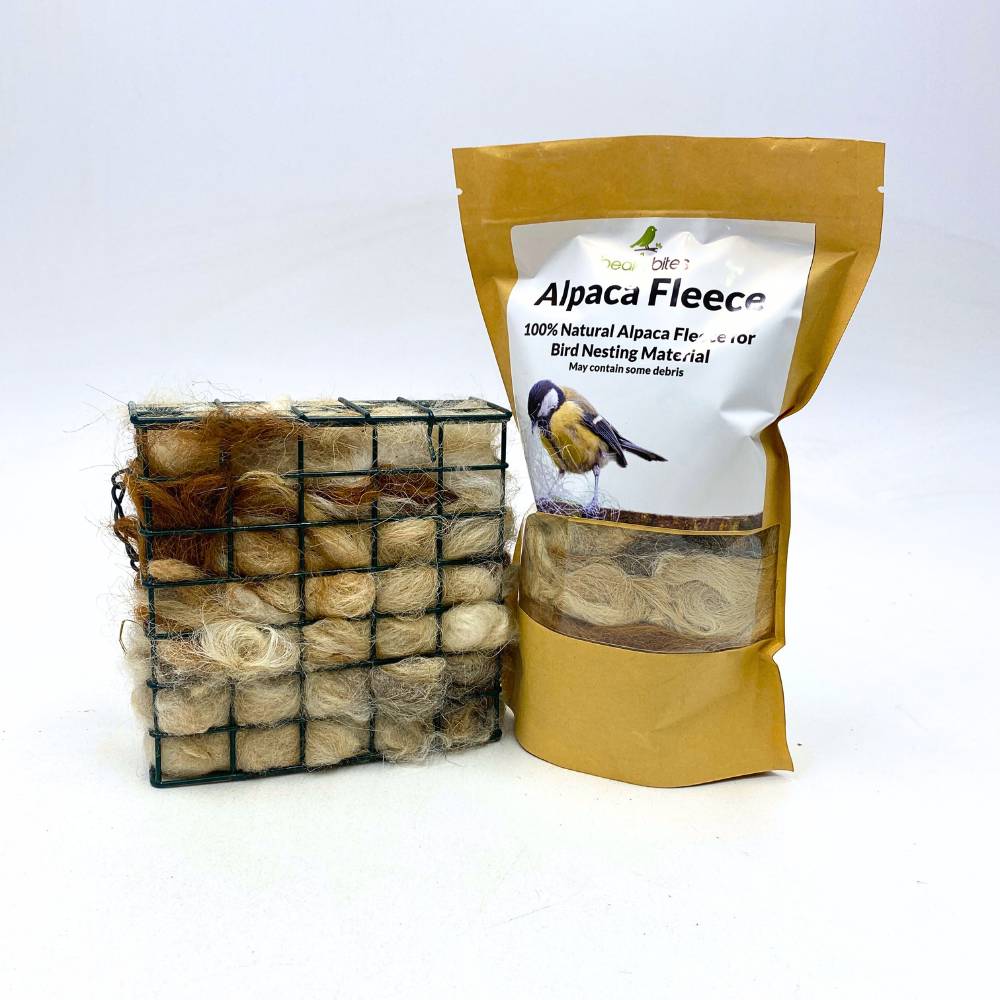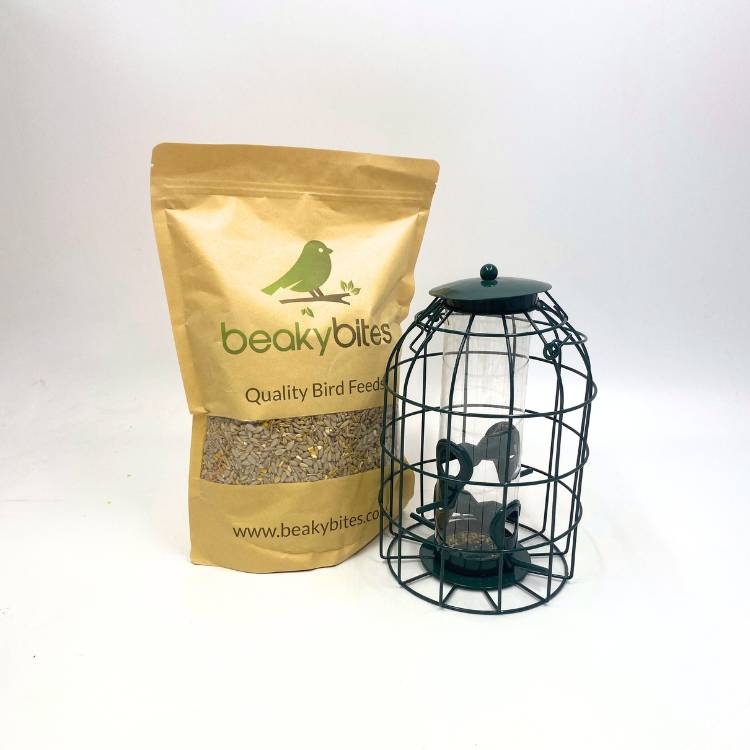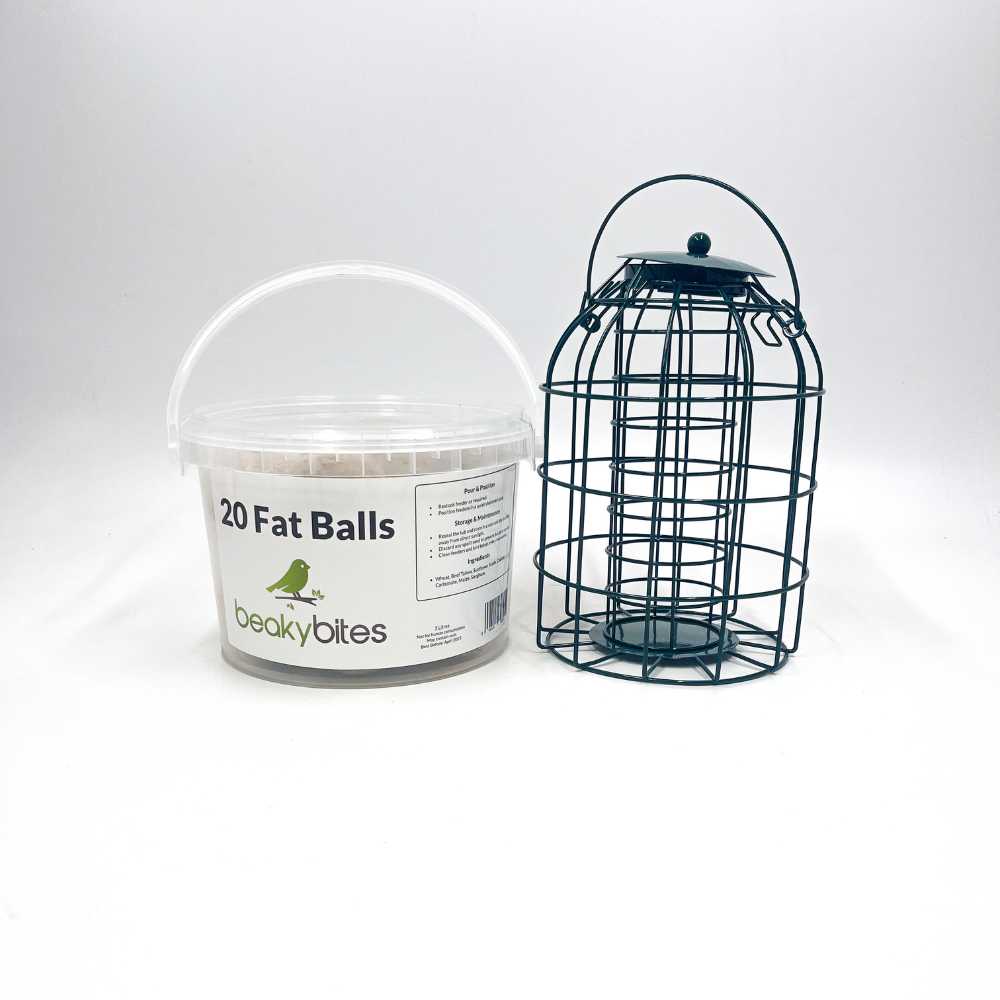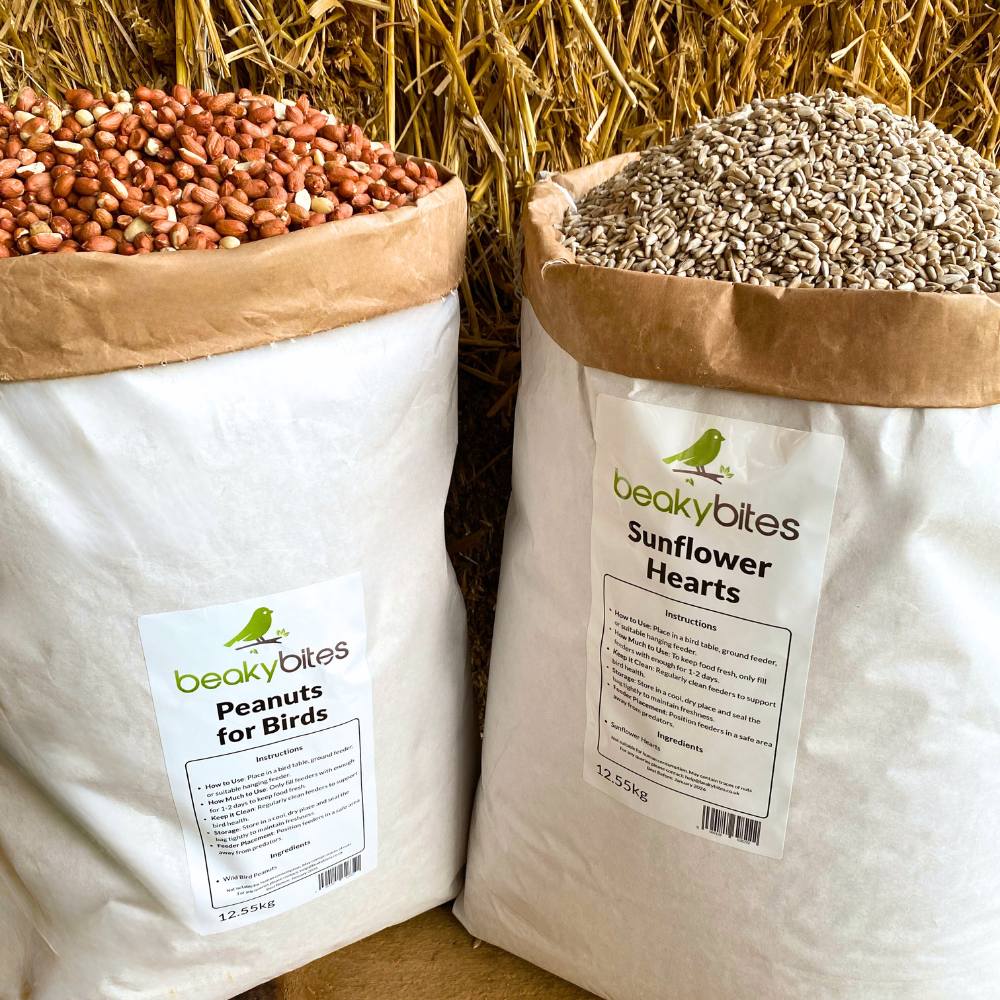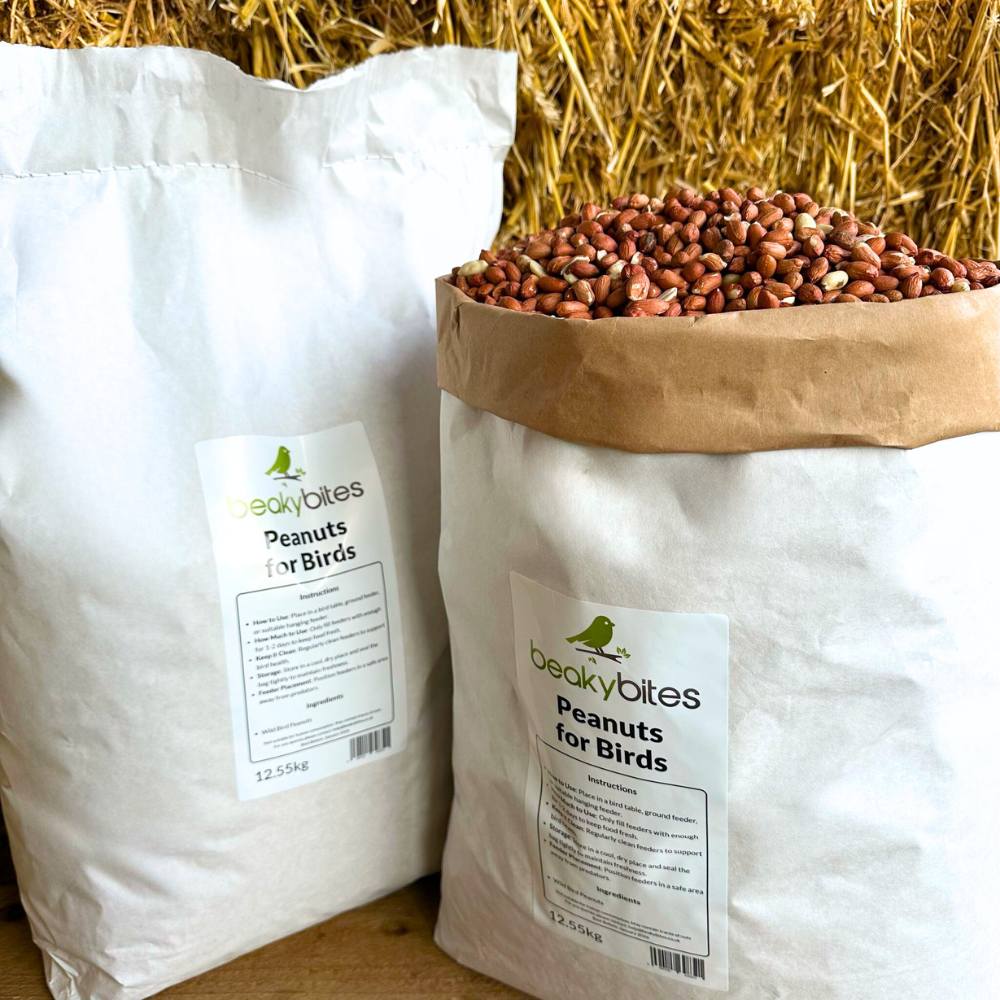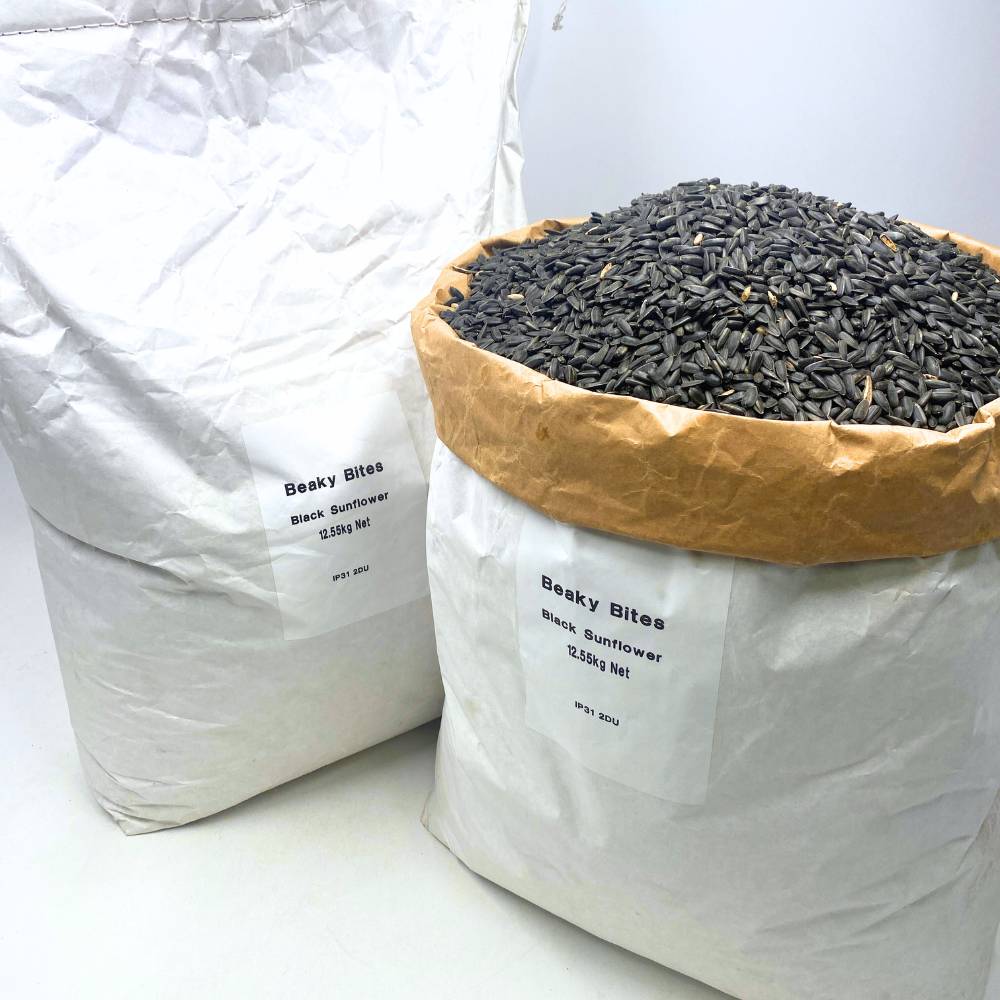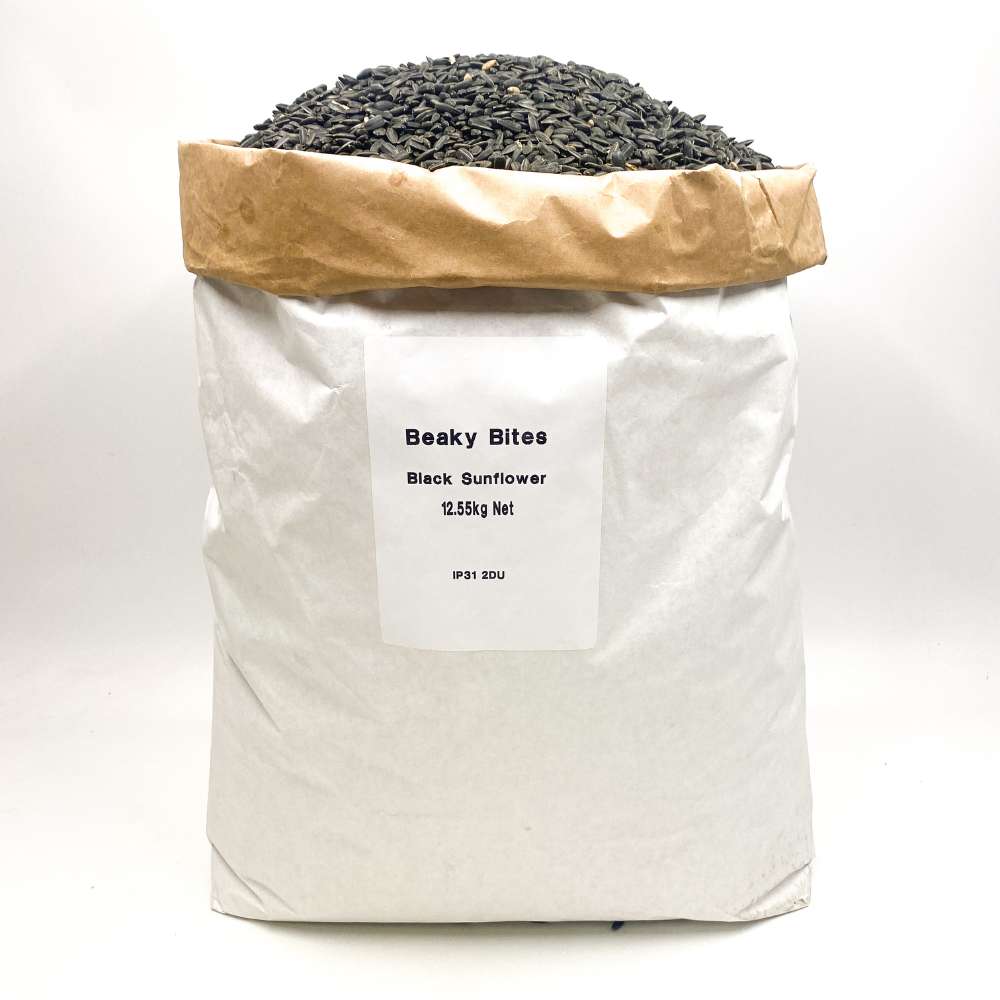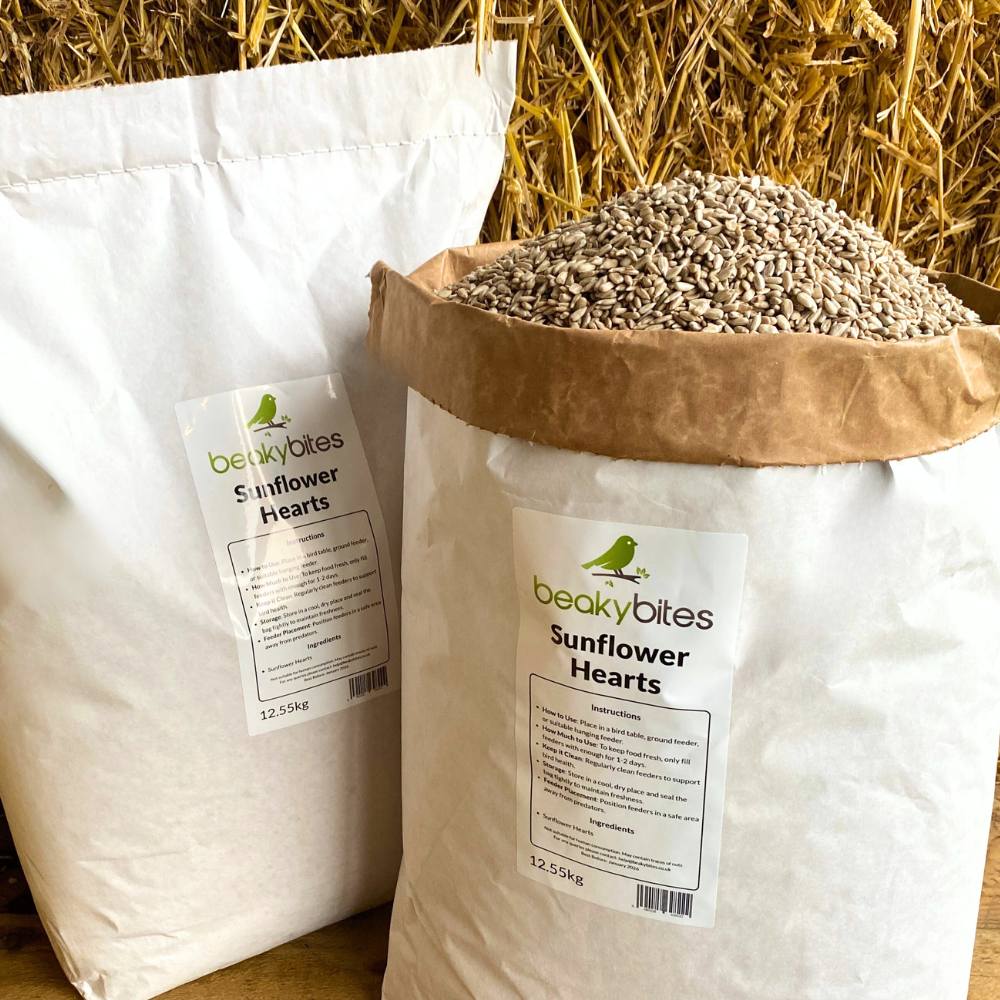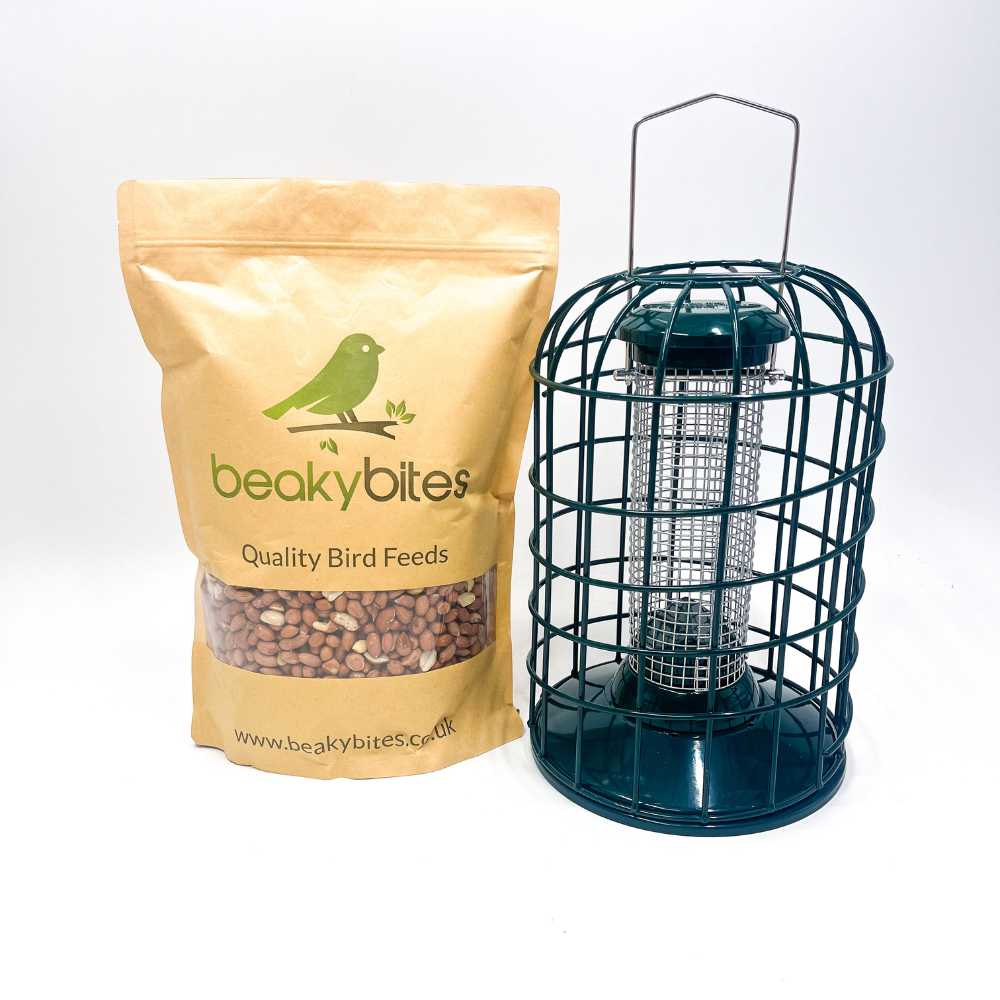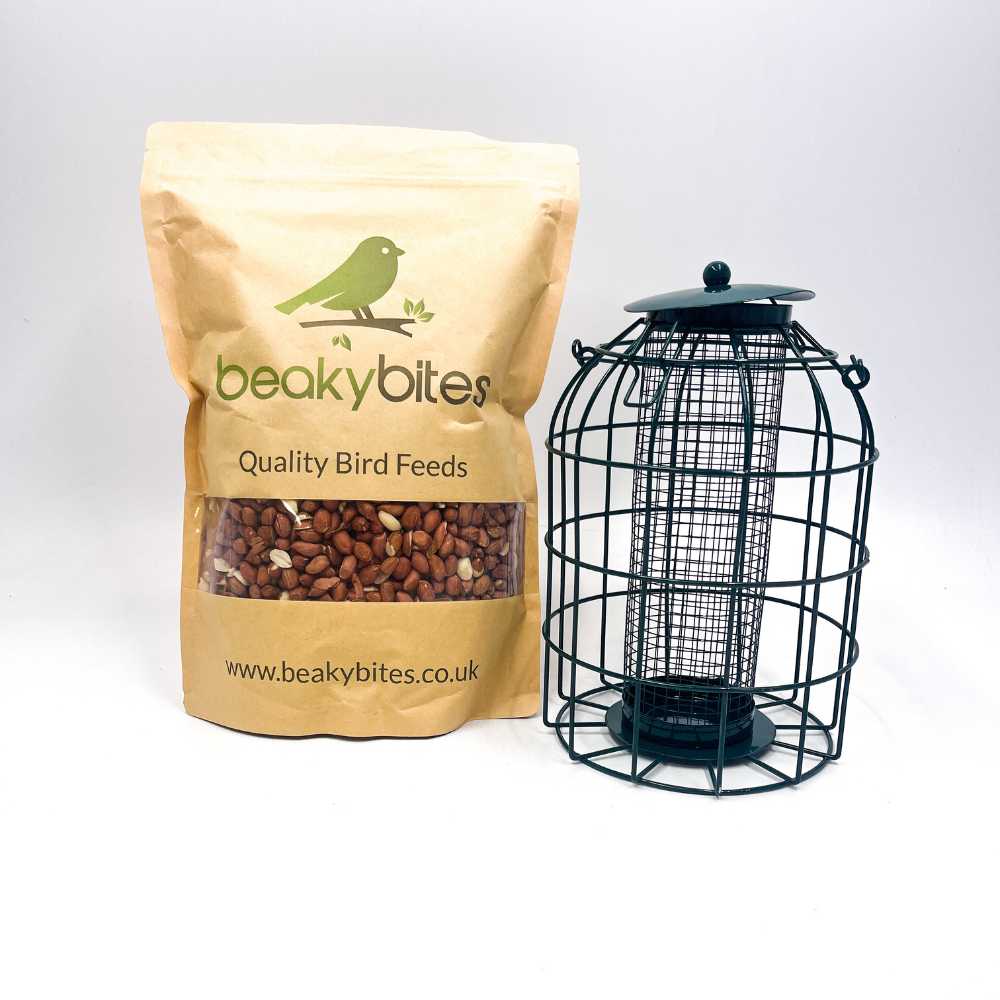Wooden Bird Box: A Perfect Shelter for British Garden Birds
.jpg)
Top Bird Nest Boxes for Your Garden Wildlife
Want to attract birds to your garden? Bird nest boxes can help. This guide covers choosing the right nest boxes, key features and installation tips.
Quick Facts
- Choosing the right bird nest box based on species specific needs, including entrance hole sizes and materials, is vital for attracting multiple bird species to your garden to increase biodiversity.
- Proper installation and maintenance of nest boxes, including right placement, timing and cleaning, has a big impact on success of nesting and local bird populations.
- Creating a bird friendly habitat means providing natural nesting materials, food sources and protection from predators and following legal and ethical guidelines on active nests.
Choosing the Right Bird Nest Box for Your Garden
Choosing the right bird nest box is key to attracting multiple bird species and increasing local biodiversity. Providing a safe shelter all year round will encourage multiple species to live in your garden, creating a buzzing environment. Each bird species requires nest boxes that fit their specific needs, including size and entrance preferences. Birds look for cavities in trees or other secure places to nest, this is a major factor in the design of nest boxes.
Bird nest boxes offer birds a home and a welcoming environment for garden wildlife. A well designed nest box can make a big difference to local bird populations. With many designs to choose from, choosing one that suits the bird species you want to attract is important.
Next we will look into the specifics of choosing the right bird nest box. We’ll look at entrance hole sizes and why they matter, materials and durability of nest boxes and essential features to look out for. By the end of this guide you’ll be ready to make informed decisions that benefits both the birds and your garden.
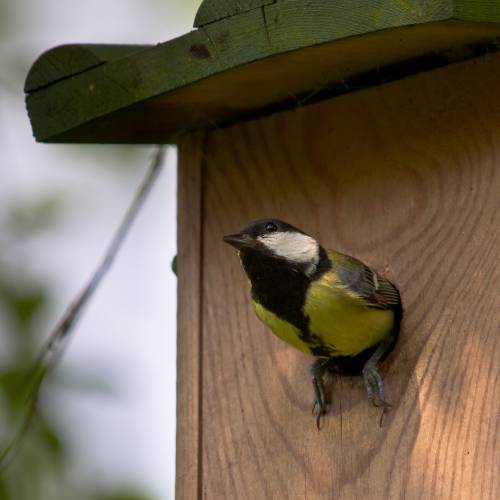
Entrance hole sizes and why they matter
Selecting the right entrance hole size for bird nest boxes is crucial as different birds have different preferences. For example small hole nesting birds like sparrows and tits do best with the right sized entrance holes. Blue tit nest boxes have an entrance hole size of 28mm but to exclude larger birds you can use a diameter of about 25mm. House sparrow nest boxes are most effective when designed with a 34mm entrance hole.
Materials and durability
Material used for bird nest boxes is important for their durability and effectiveness. The most common materials are wood and concrete. Wooden nest boxes should have walls at least 15mm thick to provide insulation and durability. This thickness will protect the occupants from extreme weather conditions and provide a safe and comfortable environment for breeding birds.
Concrete nest boxes are also a great option as they are durable and low maintenance. They provide robust protection from predators and weather, making them a long term investment for your garden. High quality materials will ensure your bird nest boxes do their job for many years, providing a safe shelter for your feathered friends.
Features to look for
When choosing bird nest boxes consider features that enhance functionality and safety. Key features include ventilation, drainage and predator guards. Good ventilation will keep the nest box cool in summer and warm in winter, drainage holes will prevent water from entering the nest and predator guards will protect the birds from threats. Cameras and high quality binoculars can enhance the birdwatching experience. The roof of the nest box should lean forward to prevent rain from entering, to keep the nest dry.
Rust free aluminium nails or sturdy wire loops for installation will ensure durability and safety. Considering these features will create a more welcoming and safe habitat for your garden birds.
Installing Bird Nest Boxes
Installing bird nest boxes is more than just putting them in your garden. The placement of bird nest boxes is critical to creating a safe and comfortable environment for breeding birds. Proper placement can make a big difference to birds using the nest boxes and successfully raising their young. Follow these best practices to make sure your nest boxes are accessible and safe for the birds.The following sections will cover location, timing and maintenance and cleaning tips. Follow these guidelines to create a nesting environment for birds throughout the year.
Where to place
Choosing the right location for bird nest boxes is important. Ideal locations are tree mounted, wall mounted or pole mounted. For visibility and access place small-hole nest boxes 1-3 meters above the ground. This height will protect from ground predators and is easy for the birds to access.
The entrance of the nest box should face away from the prevailing winds, north or east is ideal. This will protect the nest from harsh weather. Also place nest boxes away from each other to reduce aggressive interaction between breeding birds.
Careful selection and placement of your bird house and bird houses birds nest boxes will create a welcoming and safe environment for garden birds, including house martins where they can lay eggs.
When to install
Timing is everything when installing bird nest boxes. The best time is late winter when birds start looking for nesting sites as spring approaches. This way the nest boxes will be ready for the breeding season which is spring and summer. Many species will lay multiple clutches of eggs throughout the breeding season so having the nest boxes in place early will increase the chances of successful nesting.
Nest boxes can also attract birds for roosting in winter and are best installed late winter for spring breeding. Seasonal timing ensures your nest boxes are available when birds need them most, supporting their natural breeding cycles.
Maintenance and cleaning
Maintaining and cleaning bird nest boxes is important for their longevity and effectiveness. Clean nest boxes after the breeding season, from September to January. Regular cleaning will prevent the spread of disease and will keep the environment clean for the birds. A good nest box design should have features that allow easy access for cleaning and observation.
Using insulating materials like wood or special waterproof wood/concrete compounds will enhance the durability of the nest boxes and will provide a comfortable environment for the birds. Follow these maintenance tips to keep your nest boxes in good condition and they will provide a safe home for your feathered friends year after year.
Bird Nest Boxes for Different Species
Different bird species have different nesting requirements so choosing the right nest box for each is key. Popular nest boxes cater for various species providing them with what they need to thrive. Choosing the right nest box for the bird species you want to attract will boost your garden’s biodiversity and support local wildlife.
Next we will look at nest boxes for blue tits, house sparrows and robins. Each section will detail the features and designs that make these nest boxes perfect for their respective species so you can make informed decisions to attract and support these birds in your garden.
Blue Tit Nest Boxes
A nest box designed for blue tits will make them feel safe and secure while nesting. The entrance hole size for blue tit nest boxes is crucial; the ideal diameter is around 25mm to fit their smaller size and keep larger birds out. Popular models for blue tit nest boxes are robustly built with a small entrance hole to deter larger birds.
Using specialized nest boxes like blue tit nest boxes will increase the chances of successful nesting and contributes to wildlife conservation. Providing the right conditions will attract blue tits to your garden and support their populations.
House Sparrow Nest Boxes
House sparrows have specific nesting requirements to consider when choosing a nest box. The female house sparrow is pale brown with streaks on top and unmarked underside and the male has a streaky red-brown back, grey head and black chin. Ideal nest boxes for house sparrows should have enough space and the right entrance hole size to allow access.
Top product recommendations for house sparrow nest boxes are easy to clean and made from durable materials to withstand outdoor conditions. Choosing the right nest box will attract house sparrows to your garden and support their nesting needs.
Robin Nest Boxes
Robins prefer open-fronted nest boxes not traditional enclosed ones which are easy to access. These open-fronted boxes mimic natural nesting sites so are perfect for robins. Providing the right type of nest box will create an inviting environment for robins in your garden.
Ideal features for robin nest boxes are sheltered location and easy access. Placing these boxes in suitable spots like hidden among shrubs or against a wall will attract robins and support their nesting.
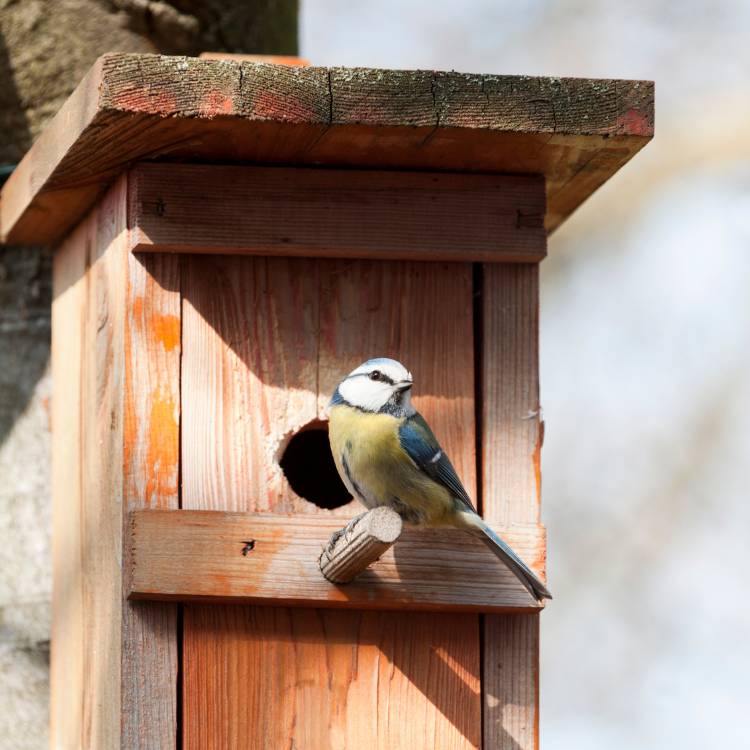
Nesting Birds in Your Garden
Creating a bird friendly habitat is key to attracting and supporting nesting birds. A safe and comfortable environment will make your garden more attractive to nesting birds. By providing a reliable food source, natural shelter and protection from predators you can create a welcoming space for birds to thrive.
In the following sections we will look at providing natural nesting materials and creating a bird friendly habitat. These steps will help you improve your garden and support nesting birds and a vibrant ecosystem.
Providing natural nesting materials
Birds use a variety of materials for nest lining:
- Moss
- Twigs
- Plant fluff
- Feathers
- Grasses
- Human-made items such as plastic and paper
Providing these materials in your garden will greatly support their nesting. By providing piles of natural debris like leaves and twigs you can help birds build their nests more effectively.
Also providing alpaca fleece or similar materials gives birds a soft, insulating option for their nests. These natural materials make it easier for birds to build their nests and keep their young warm and safe. By supporting the natural nesting behaviour of birds you can make your garden more appealing to nesting birds.
Creating a bird friendly habitat
A safe environment is key to attracting and supporting birds in your garden. Birds consider a reliable food source, potential nesting sites and protection from predators when choosing a breeding territory. Planting native shrubs and trees provides natural shelter and food source that attracts a variety of bird species.
Young birds face big challenges after leaving the nest, primarily from predators and starvation, including those faced by migratory birds and wild bird species. More than half of young birds die in their first year from these challenges.
Creating a bird friendly habitat with food, water and shelter will give young birds a better chance of survival. This benefits the birds and enriches your garden with these wonderful creatures.
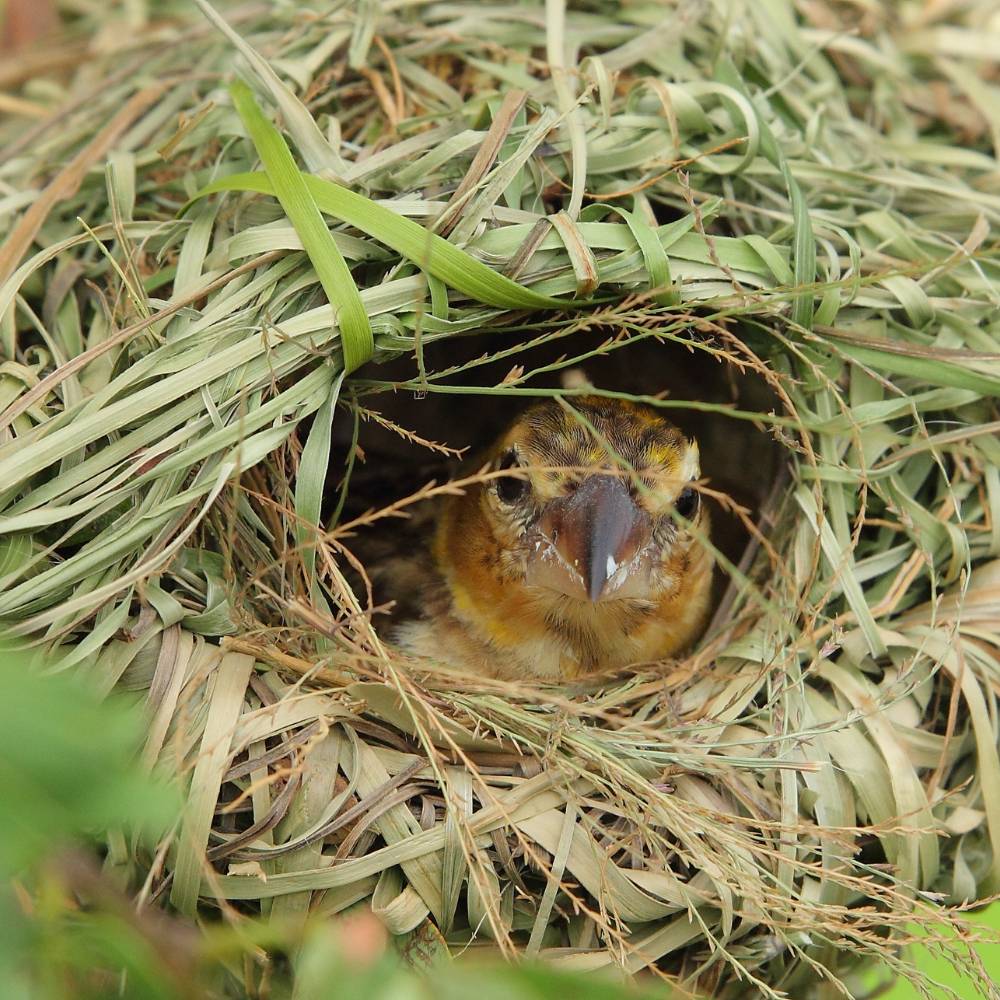
Legal and Ethics
When installing bird nest boxes you need to be aware of the legal protections in place for nesting birds. In the UK the Wildlife and Countryside Act 1981 prohibits disturbing active bird nests. It’s illegal to remove an active bird’s nest, ensuring legal protections are in place for nesting birds. Active nests should only be removed after the chicks have left the nest, so avoid during the breeding season.
If you find a bird’s nest in a chimney it’s best to leave it alone until it’s no longer in use. If construction work uncovers an active nest, leave it alone or seek advice to avoid legal issues.
Owls should not be disturbed near their nests, so respect nesting sites during breeding seasons. Following these legal and ethical guidelines ensures your efforts to support nesting birds are responsible and respectful.
Conclusion
In summary, choosing the right bird nest boxes and following best practice for installation and maintenance will enhance your garden’s wildlife experience. By understanding the specific needs of different bird species, like entrance hole sizes and preferred materials, you can provide a safe and welcoming home for your feathered friends. Also by providing natural nesting materials and protection from predators you will support their well-being.
Follow the guidelines and tips in this guide and turn your garden into a haven for nesting birds. It will enrich your outdoor space and contribute to local conservation. So get started today and enjoy the birds in your garden knowing you’re making a positive impact on their lives.
Frequently Asked Questions
When should I install bird nest boxes?
- Answer: The best time to install bird nest boxes is late winter as this is when birds start to look for nesting sites for the upcoming spring breeding season. Installing them at this time will give them the best chance of being used.
What size entrance hole should I use for blue tit nest boxes?
- Answer: The ideal entrance hole size for blue tit nest boxes is 25mm, just big enough for blue tits and not large enough for other bird species.
How do I maintain and clean bird nest boxes?
- Answer: To maintain and clean bird nest boxes do so after the breeding season, typically between September and January to prevent disease and keep it hygienic.
What materials do I use for bird nest boxes?
- Answer: Wood and concrete are the best materials for bird nest boxes. Wooden boxes should have walls at least 15mm thick for insulation and durability.
Are nesting birds protected by law?
- Answer: Yes, in the UK nesting birds are protected by law under the Wildlife and Countryside Act 1981 which prohibits disturbing active nests. You should respect these protections to safeguard bird populations.
